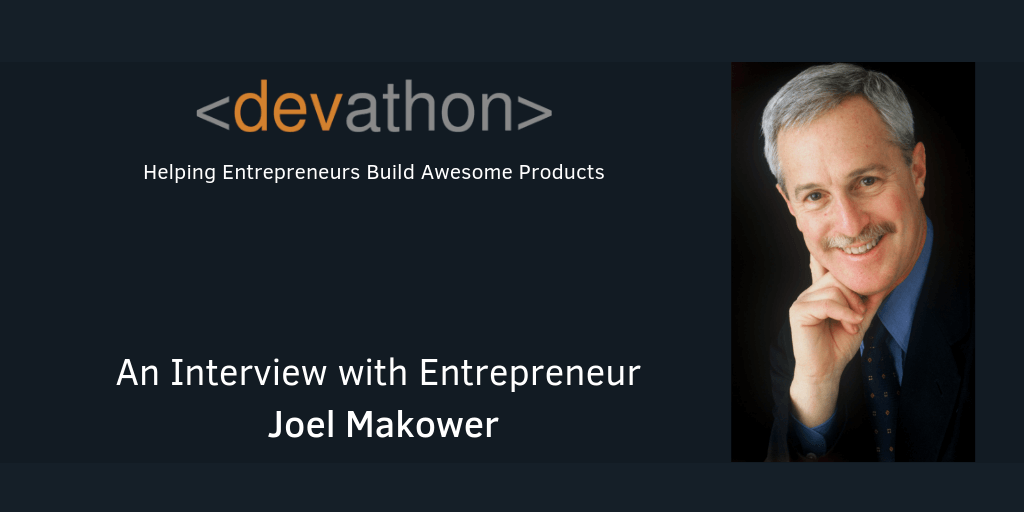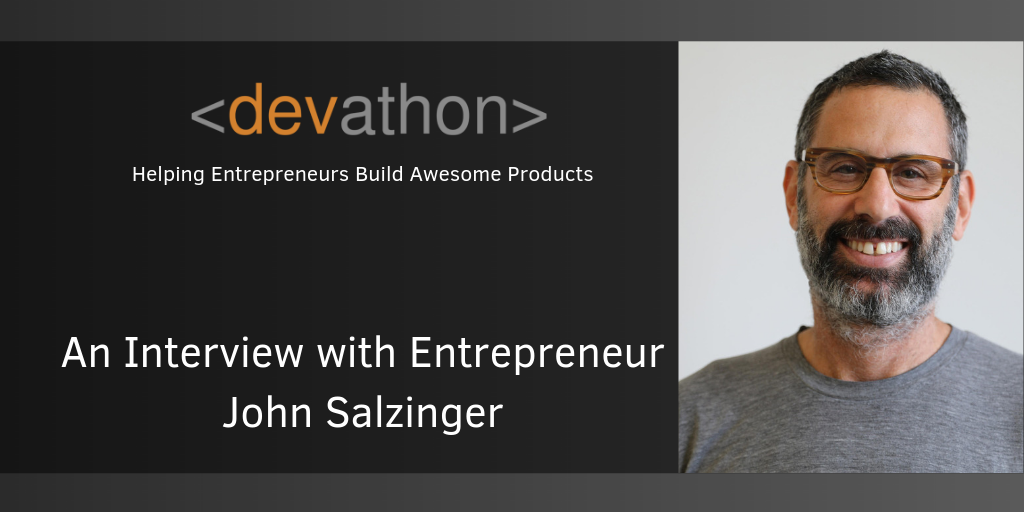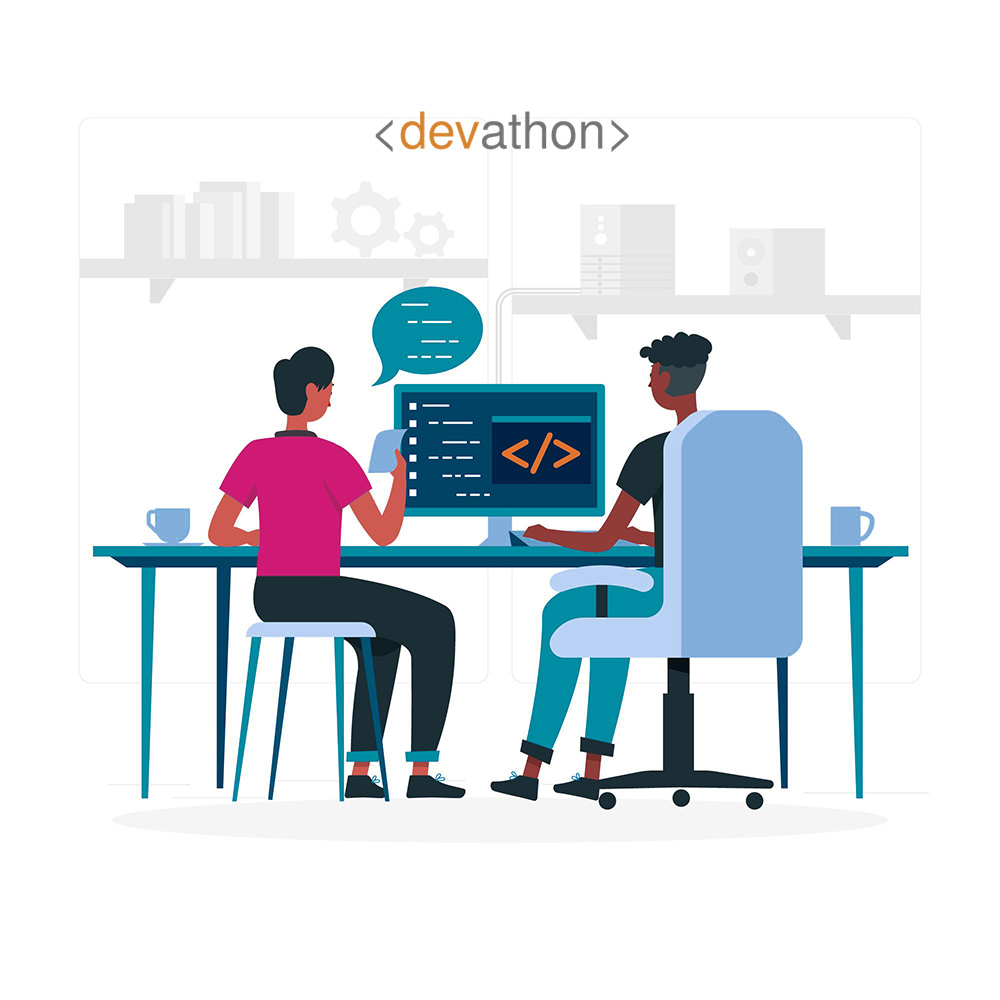An Interview with Entrepreneur Amit Varma
Amit likes solving problems. He has entrepreneurship experience in the banking, financial services outsourcing, and ITeS industry in India, and then in the energy industry in Canada, where he became pained with the issues in construction and founded VEERUM to fix it.
Are you an entrepreneur looking for your MVP built? Get in touch with us at hello@devathon.com
Devathon has built software for companies backed by the world’s leading investors like Betaworks, Greylock, Andreessen Horowitz, Accel, KPCB, Lightspeed and many more.
In the following interview, Amit talks about his entrepreneurial journey, struggles and the lessons learned along the journey.
When did you first discover your entrepreneurial spirit and How is your entrepreneurial career developing so far?
I grew up in India where my father was a construction engineer who worked for Border Roads. He built and maintained roads, bridges, and tunnels in remote locations. My family moved with him from place to place, sometimes where there was no reliable electricity.
I was in middle school and the goal was to make a project for a science meetup. It was a “retrofit kit” for a sewing machine that used the mechanical motion of the spinning wheel to charge a battery! This powered a bulb which replaced the use of a kerosene lamp at night.
My dad salvaged some parts. My mom gave an old sewing machine. A prototype began. It was not just the machine, but also the product.
The incentive for the mom to buy the product was that she used the sewing machine anyway during the day – now it could charge a battery and replace a kerosene lamp. The dad’s incentive was a way to exercise (too vague) and charge the same battery. The “go-to-market” was the kids promoting this to their parents – it allowed them more playtime and yet be able to do their homework after sundown, without the smell of kerosene.
A billion people lived in villages in India without reliable electricity. The kit was to be cheaper than a kerosine lamp. It was a vast market.
I could not do anything about this as a child. But this experience taught me a valuable lesson in the product – A business works if the ecosystem shares an incentive to make it work.
My entrepreneurship career has developed since. I try to learn every day.
What has been the biggest success and biggest failure stories you went through?
I started working for a commercial bank in India. One project was to implement an enterprise ERP software. I was young and inexperienced and this was to touch thousands of people in hundreds of branches. The project went well and even made a record of sorts in the industry. People became champions and started to realize the value of one success story after another.
It was my biggest success considering that I had the handicap of being a rookie.
A similar implementation was done by me 10 years later – but in a different firm. The project did not go well. Cost escalated beyond the budget and we were late. There was pressure to finish. I had to make tough decisions, including reducing the scope.
It was my biggest failure since because I had the advantage of prior experience.
What went wrong? And why was it different in the first instance?
I realized that there was a compelling need from the enterprise and its people to adapt and change in the first instance. The bank had realized the value in a prior intervention. It was the right time.
In the second instance, the company had no prior experience and a compelling need for an enterprise ERP. It was premature.
I made a mistake. But learned to time interventions only when needed. I think it is better to wait and invest in readiness beforehand – a compelling need is important to the success of any intervention.
How did you come up with the idea for Veerum and how did it all start?
I immigrated to Canada and started working in the engineering and construction of upstream mega-projects in the energy industry.
Trillions of dollars go in to build, maintain, and expand such critical infrastructure. Everything is mammoth, extreme, and remote. Facilities are the size of a small city – people work in freezing winters thousands of miles away from home in a hazardous environment.
Having moved from banking and financial services into the EPC of oil and gas mega-projects, I quickly realized that while it is extraordinarily complex, but also years behind in many ways.
I wanted to do a perfect job but realized that there were errors that creep, despite rigorous methods. Mismatches led to field-fixes if engineering or the pre-fabrication did not match to the site interfaces 100%. This rework is expensive. It is also the most hazardous part of construction – there is a higher chance of injury when events do not go as per plan.
It became frustrating to work in an industry riddled with this problem.
The making of a capital project involves dynamic moving parts – engineering, offsite fabrication, and a construction site that also changes every day. These concurrently change in many locations. But such dynamic moving parts could not be matched using static information – such as drawings or reports.
To make it all come together needed a different tool. Everyone should be able to align his or her work to the current reality of the constructed sites, and to each other, from anywhere in the world.
I used to tinker around drones, sensors, and software as a hobby. Canada is a breeding ground for unmanned robotics. I bought a computer on Kijiji, outfitted it with a GPU sold by a bitcoin miner, and a few fast drives, and started toying with everything from laser and photogrammetry, spatial databases, open source software, file formats, positioning, to visualization. Friends helped me.
The learnings from financial services and then in capital projects to my profound interest in technology told me that it could be done – that led to the start of it.
Tell us something about VEERUM
I think of VEERUM as a team of 30+ people who have superpowers that uniquely complement each other. The team is absolutely passionate about helping capital projects do better and get joy and pride when clients do better.
It developed a Digital Twin industrial IoT technology that ingests reality data from several sources, including reality capture sensors. Algorithms match the reality to plans and show deviations before they physically happen. Users consume it as actionable information – from anywhere in the world – on a web browser and mixed reality. There is reduced risk and increased safety.
What are your growth plans for the near future?
VEERUM has grown significantly since a startup 5 years back. It now has a professional board, employees, clients, and partners who are all deeply vested in a shared success.
It raised a $3.9 Million round led by Brick & Mortar Ventures this year with additional funds from Blackhorn Ventures, Creative Ventures, and strategic investors from Alberta, Canada. These will be used to drive expansion into the United States and adapt the solutions tested in the energy industry to other, large-scale industrial projects, such as facilities construction and mining.
Looking back, what did you learn and what would you have done differently?
Everything looks like a nail when you have a hammer in your hand – so in my early days, I went around looking for a problem to be solved!
One concept business model was using virtual reality rooms for remote site visits (or safety training). Another concept was discounting the E&O insurance premium on a capital project because of the use of the Digital Twin technology – that actually reduced the errors and ommissions. This was akin to installing a burglar alarm, which reduces your home insurance premiums.
If there was something I would do differently, it would be to ask the following questions early.
- What is the problem to solve? How big is it?
- How is it being done now? What are the alternates? Who is paying what?
- What happens if the problem stays unsolved?
In your opinion, what are the hurdles that keep people away from starting an entrepreneurial career? What advice would you give to the new entrepreneurs?
I do not know anyone who does not practice entrepreneurship in some way – entrepreneurs just make it into a full-time job!
It comes to two things in my opinion – inertia and risk.
My first advice to new entrepreneurs is to overcome the inertia by openly discussing their ideas with family and friends.
The next step then is to do it.
A runway calculation e.g. if no income comes for 18 months, makes it real.
My second advice. Talk to early-stage incubators who align with your technology, idea, or industry. I went to Kinetica Ventures who told exactly where I lacked. I then worked with Zone Startups Calgary at the GE Innovation Centre who was cruel with their advice and generous with their help.
My third advice. Invite co-founders who complement your skills. There are as many downs as the ups in a startup. Partners help keep it going.
It’s all about making the choices that give a business the best chance to succeed.
Helping entrepreneurs gives me joy. I am happy to help – here’s my contact on Linkedin.
Are you an entrepreneur looking for your MVP built? Get in touch with us at hello@devathon.com
Devathon has built software for companies backed by the world’s leading investors like Betaworks, Greylock, Andreessen Horowitz, Accel, KPCB, Lightspeed and many more.




